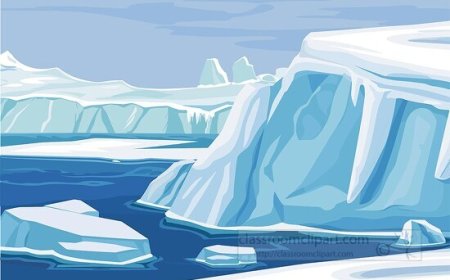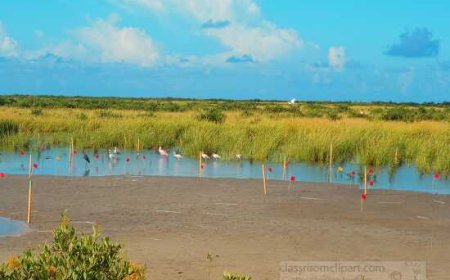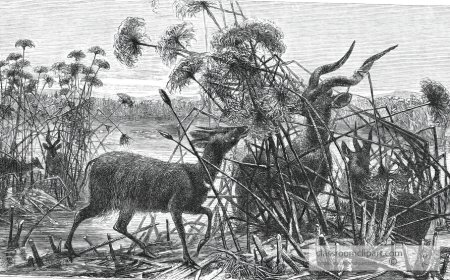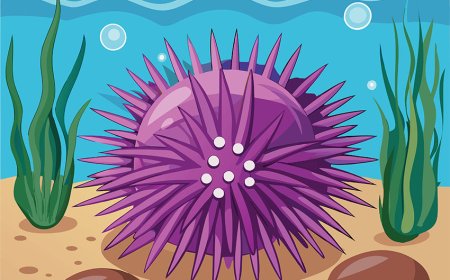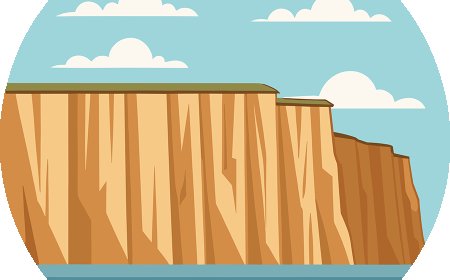Earthquakes: What They Are, How They Happen, and Facts for Students
Learn about earthquakes—what causes them, how they are measured, and why they shape our planet. Discover famous quakes and safety tips.
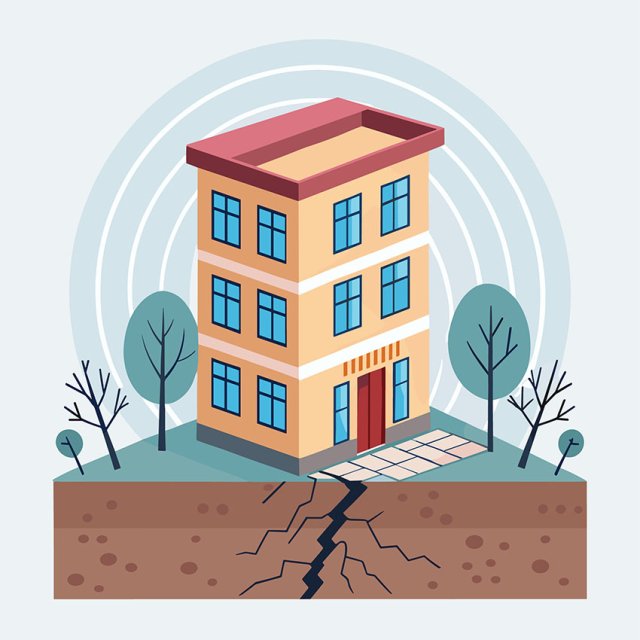
🌍 Earthquakes: The Shaking of the Ground
🎯 Introduction
An earthquake is the sudden shaking of the ground caused by energy released inside the Earth. This shaking can be small—so light you don’t feel it—or so powerful that it destroys buildings and changes landscapes.
Earthquakes remind us that our planet is always moving under our feet. Understanding how they happen helps us build safer communities and stay prepared.
🌋 What Causes Earthquakes?
Earth’s surface is made of huge pieces called tectonic plates. These plates are always slowly moving. When they press, slide, or pull apart, stress builds up.
When the stress becomes too great, the rocks suddenly break and move. This releases energy in waves that spread through the ground—creating an earthquake.
Main Causes:
- Plate boundaries: Most earthquakes happen where plates meet.
- Faults: Cracks in the Earth where movement happens.
- Volcanoes: Eruptions can trigger earthquakes.
- Human activity: Large explosions or mining can also cause small quakes.
🧬 Classification and Scientific Background
Classification:
- Natural disaster
- Geological event
Scientific Details:
- The place underground where an earthquake starts is the focus.
- The point directly above it on the surface is the epicenter.
- Seismic waves are the vibrations that travel through Earth.
- The strength is measured using the Richter Scale or the Moment Magnitude Scale.
Types of Waves:
- P-Waves: Fastest, move through solids and liquids.
- S-Waves: Slower, only through solids.
- Surface Waves: Move along the crust and cause the most damage.
🏛️ Famous Earthquakes
- 1906 San Francisco, USA: Destroyed much of the city.
- 2010 Haiti Earthquake: Over 200,000 lives lost.
- 2011 Japan Earthquake and Tsunami: Caused major destruction and a nuclear disaster.
- 2004 Indian Ocean Earthquake: Triggered a massive tsunami.
🏠 How We Measure Earthquakes
- Seismograph: Machine that records shaking.
- Magnitude: How much energy is released.
- Intensity: How strong the shaking feels at a place.
Richter Scale Example:
- 3.0: Small, usually not felt.
- 5.0: Can damage buildings.
- 7.0+: Major damage.
💪 Why Earthquakes Matter
- Help scientists learn about Earth’s interior.
- Create new landforms like mountains.
- Remind us to build safer structures.
🧯 Earthquake Safety
Before an Earthquake:
- Make a safety plan.
- Keep emergency supplies ready.
During an Earthquake:
- Drop, Cover, and Hold On.
- Stay away from windows.
- If outside, move away from buildings.
After an Earthquake:
- Check for injuries.
- Be prepared for aftershocks.
🌟 Interesting Facts
- Millions of earthquakes happen every year, but most are too small to feel.
- The largest earthquake ever recorded was in Chile in 1960 (Magnitude 9.5).
- Some animals feel earthquakes before people do.
🧠 Kid-Friendly Summary
An earthquake is when the ground suddenly shakes because energy is released inside the Earth. They can be tiny or very big. Earthquakes can damage buildings, but learning about them helps people stay safe.
✨ Key Takeaways
- Earthquakes happen when tectonic plates move.
- The focus is where the quake starts underground.
- Seismographs measure the shaking.
- Safety plans save lives.
📖 Vocabulary Words
| Word | Definition |
|---|---|
| Earthquake | Shaking of the ground caused by energy release |
| Fault | Crack where movement happens |
| Focus | Starting point underground |
| Epicenter | Point on the surface above the focus |
| Seismic Waves | Vibrations from an earthquake |
| Magnitude | Measurement of earthquake strength |
| Aftershock | Smaller quake after the main earthquake |
| Tectonic Plate | Huge pieces of Earth’s crust |


















































